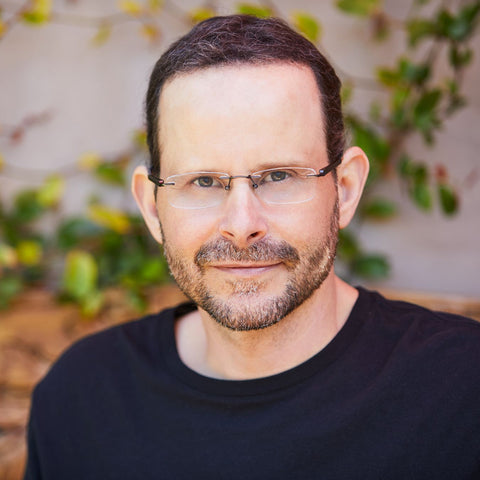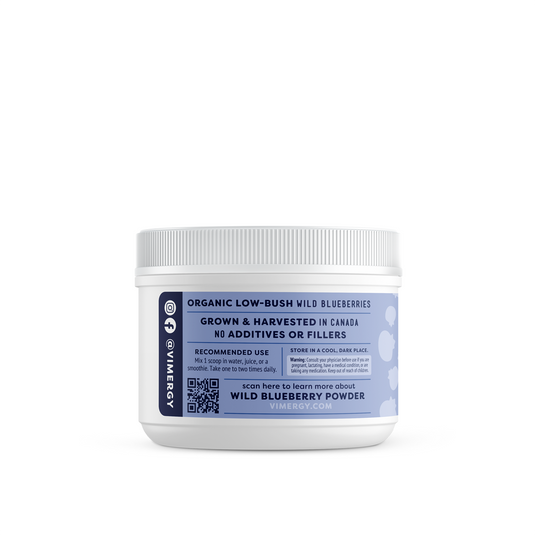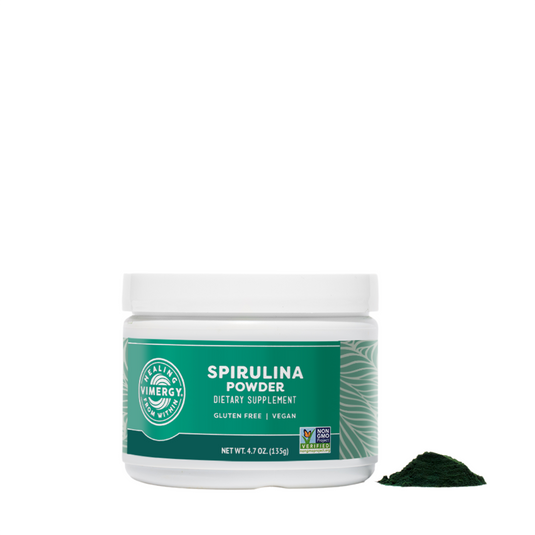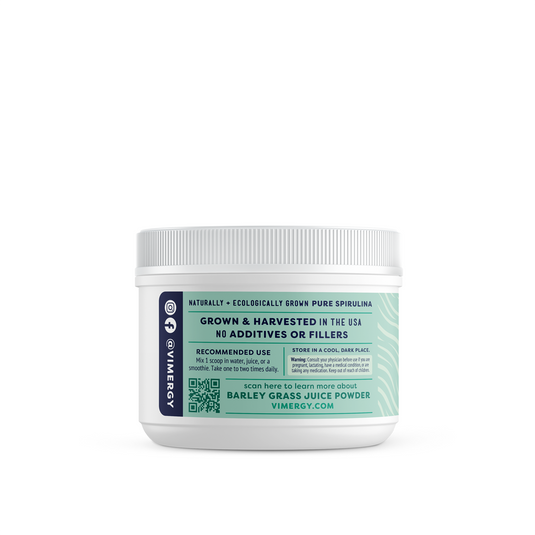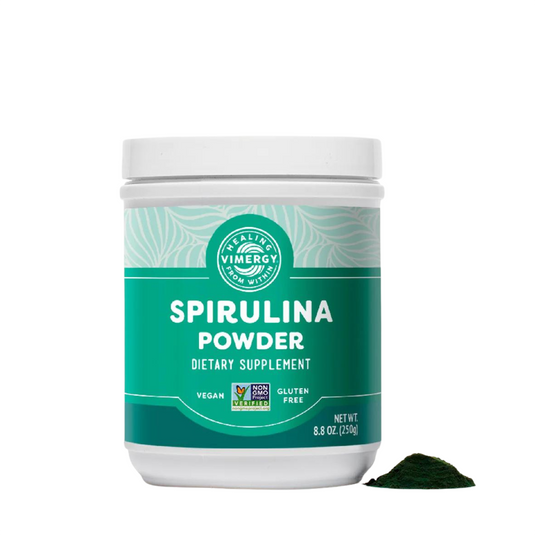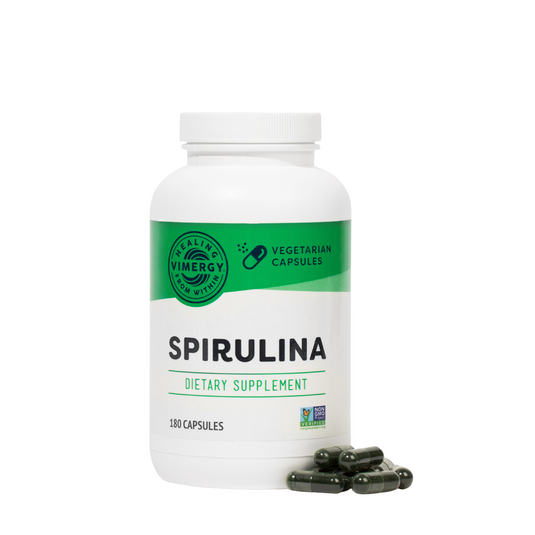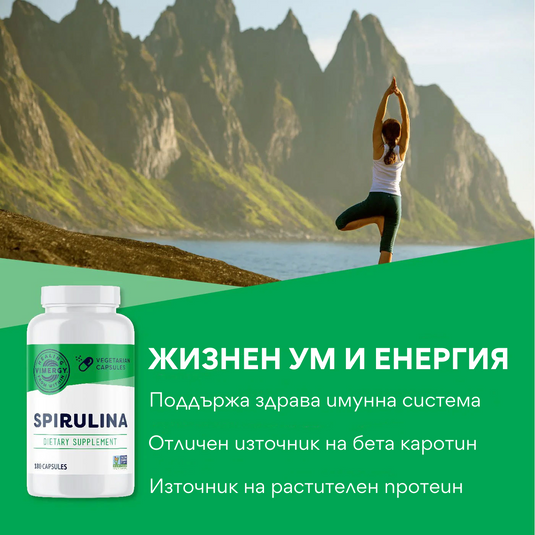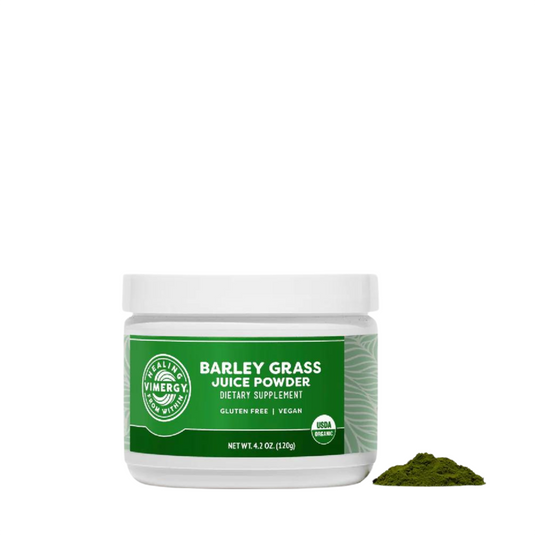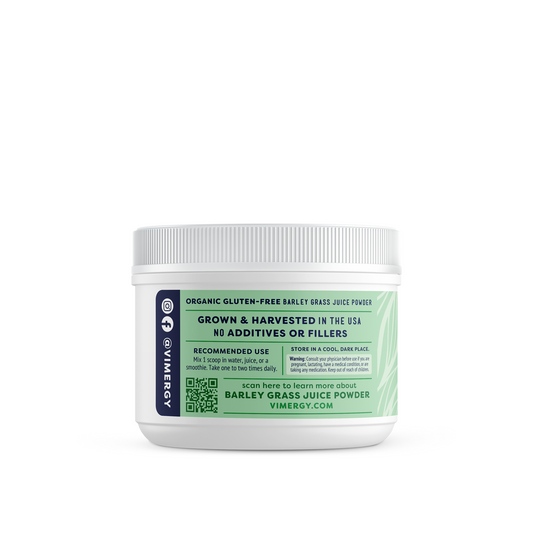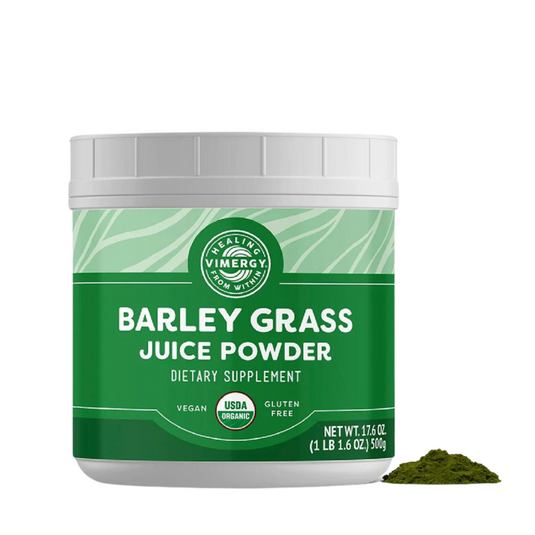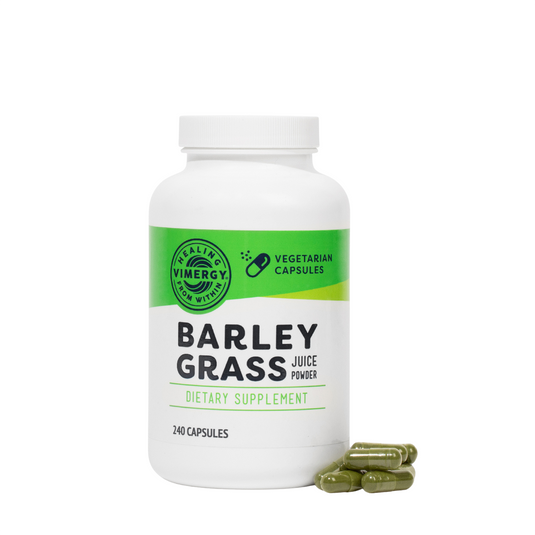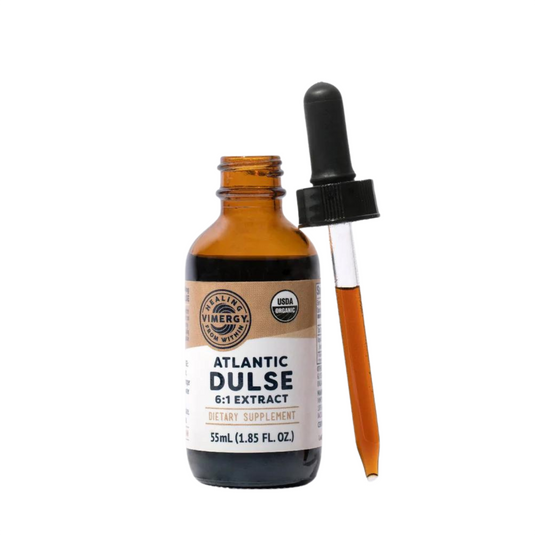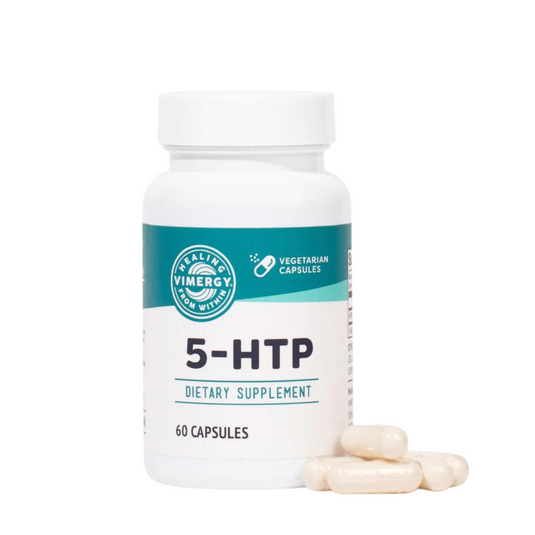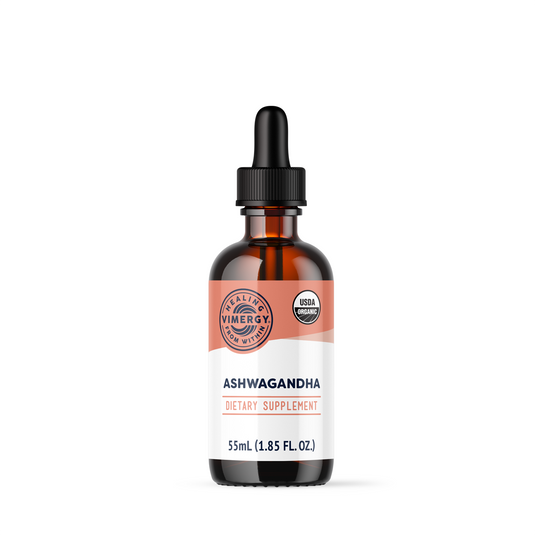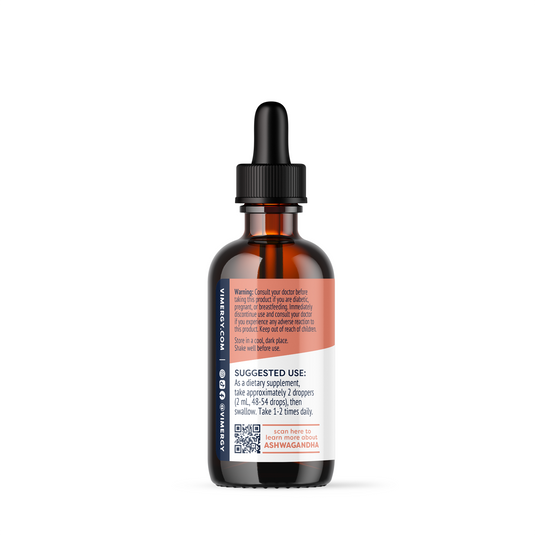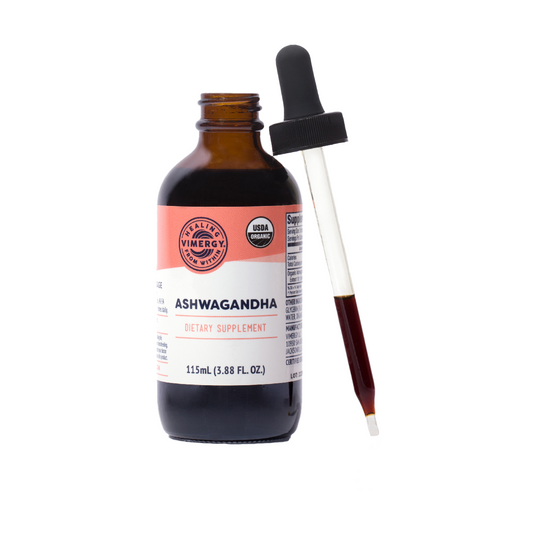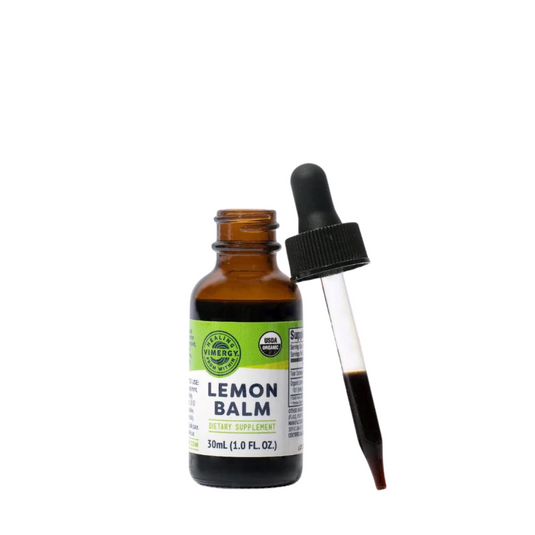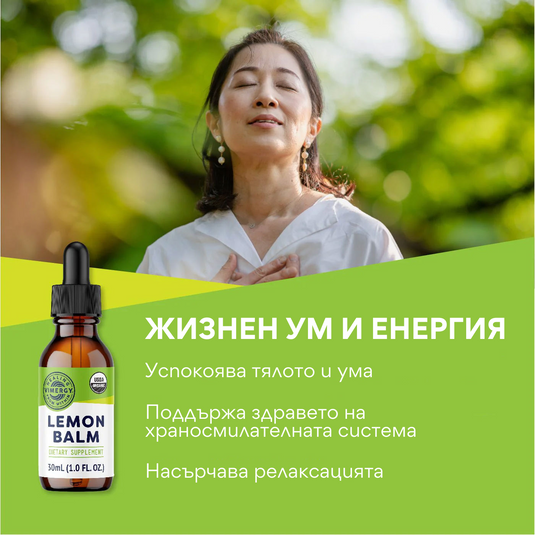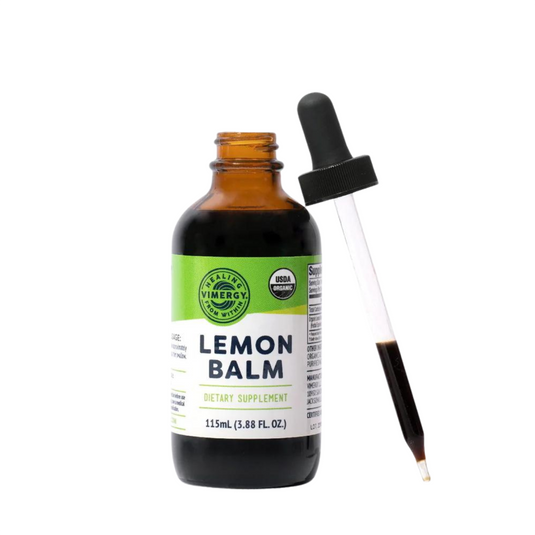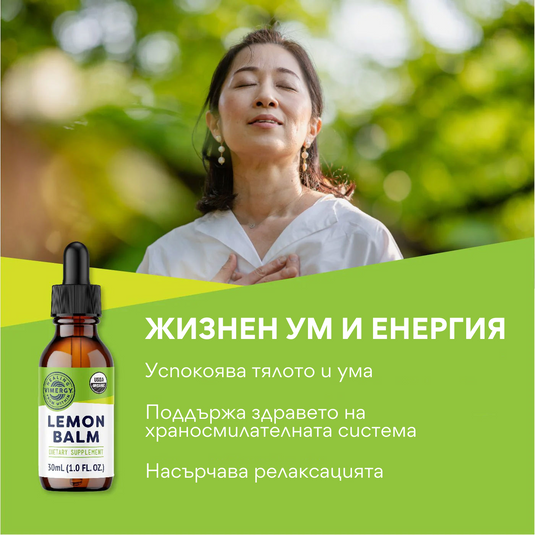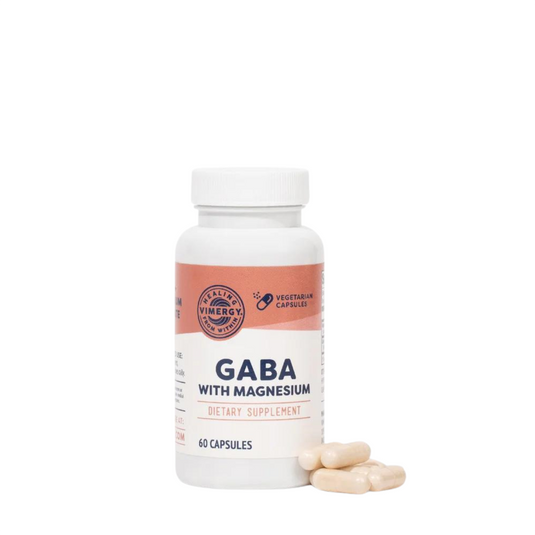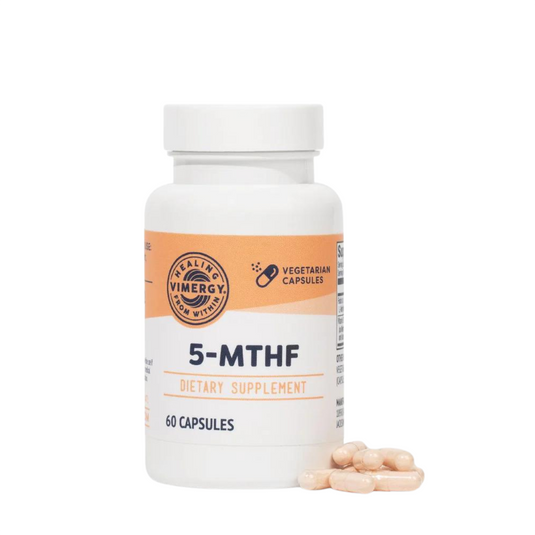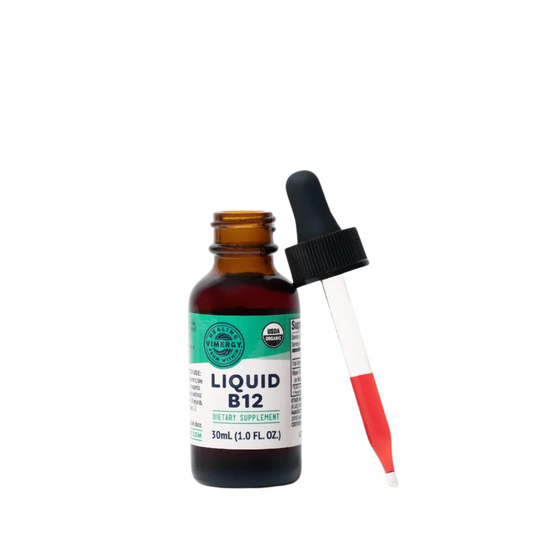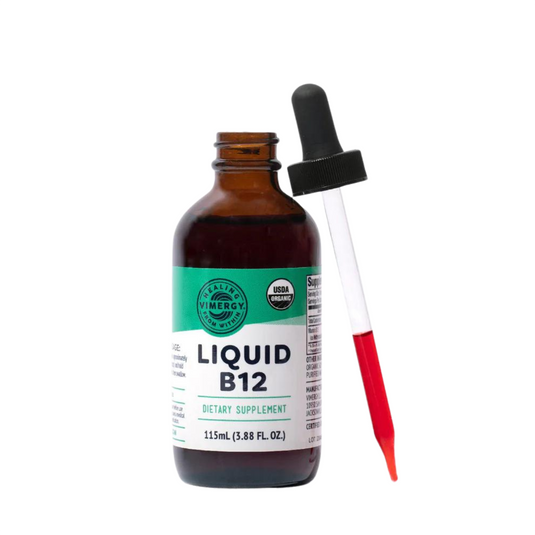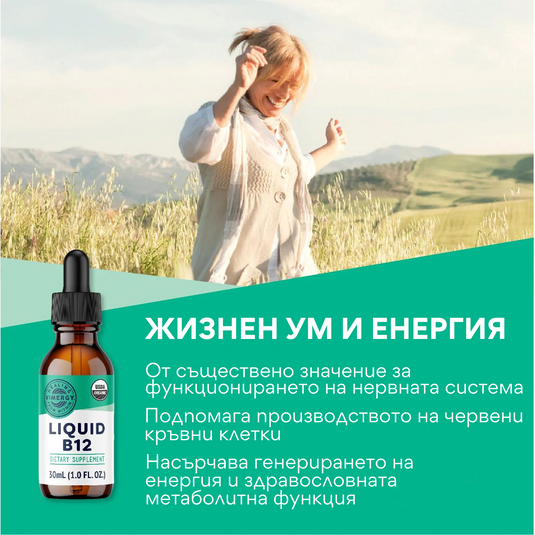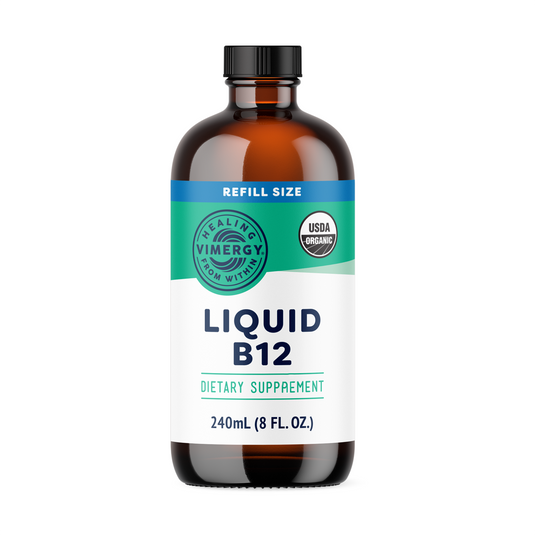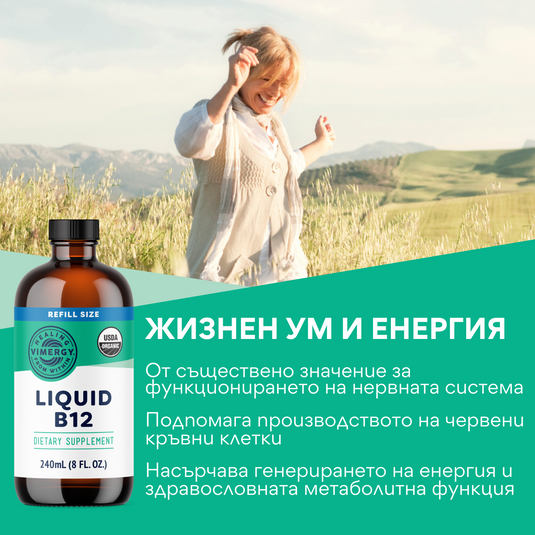We feel for anyone who suffers from severe obsessive-compulsive disorder - this condition can be a brutal and lonely battle. It is often challenging for someone who has not experienced OCD to understand it. In this article, we will explain what are the main causes of this condition. The truth can help combat negativity and give people who are suffering the answers they need to heal.
Different types and volume
There is not just one type of OCD. The medical community is not aware that there are hundreds of varieties that manifest in different ways. Many people don't even realize they suffer from a mild, hidden form of OCD. They may even be misled by a doctor or psychologist into believing that their particular problem stems from something other than OCD. Something as simple as having a comfort zone with specific parameters can be a mild form of OCD. If even a small change in your daily rhythm, routine, or habit causes you extreme irritation, anger, or distress, it may be a sign that you are unknowingly suffering from a variety of OCD.
In the United States, between three and four million people are diagnosed with OCD. This is far from the actual number of sufferers, which in the US alone is at least 150 million people.
Causes of OCD
There are two different groups of OCD. One group arises from emotional wounds or mental traumas such as physical or emotional abuse. The second group is due to toxic heavy metals in the brain. It is possible that obsessive-compulsive behavior stems from both, and the combination can lead to extremely challenging OCD.
First group: emotional wounds and mental traumas
A severe emotional blow can trigger obsessive-compulsive behavior. Whether someone will actually develop OCD is influenced by how they handle emotional stress and their unique sensitivities. For some people, even minor emotional trauma can lead to OCD.
Situations that can create emotional wounds and trauma include the death of a loved one, betrayal, the shattering of long-held hopes, a devastating physical injury or illness, bullying, or divorce. High stress situations or confrontations of almost any kind can also play a role. These examples are not intended to point out blame, but rather are given to highlight events that may have played a role in creating emotional wounds and soul trauma that you can begin to heal.
Some researchers and experts are now debating the idea that, in certain cases, emotional trauma can create OCD. But what these specialists don't yet understand is that when a person experiences intense emotional pain or repeated stress, that emotional strain can cause certain areas of the brain to become overloaded. In these congested areas, intensely heated electrical charges can cause the root problems that create obsessive-compulsive behavior.
We explain this with an example of bullying at school. When you are first bullied, the electrical charges in a certain part of the emotional region of the brain heat up. This warmth subsides after the bullying episode ends, although you may suffer from mild PTSD. A few days later you are harassed again. Immediately, electrical charges heat up in the same area of the brain. Fortunately, this area cools down again once the harassment stops. Maybe the bullying is happening for the third, fourth, or fifth time and the same part of the brain feels intense heat. Continuous intense heating of this area, without enough time for the body to heal, can lead to the appearance of calluses in the brain tissue in adults and children.
Have you heard the term "matchstick"? In some cases, this may be an accurate description.
Bullying isn't the only situation that creates intense heat. Physical burnout can occur as a result of a number of emotionally stressful events and result in a small area of calloused brain tissue.
The area of the emotional center of the brain where this physical burning occurs depends on the emotional event or stressor. The body deals with each event and stressor differently, and the area of the brain that experiences this heat depends on the specific situation. The reason why this type of burnout occurs in certain areas of the brain is to protect the body from more serious health problems.
In the areas where a thin layer of callous tissue has formed, the neurons become hypersensitive and create the basis for the emergence of obsessive-compulsive behavior. This tiny calloused spot can prevent the billions of electrical nerve impulses darting around your brain from traveling effortlessly to their destination. These electrical impulses carry important information as well as part of your soul and will and are capable of independent thought.
When the electrical impulse fails to pass through this stunted area on the first try, it will resolutely try again. Although there is technically nothing wrong with the brain tissue, the thin callus layer has created a blockage that the electrical impulse cannot comfortably pass through. As the electrical impulse makes repeated attempts to pass through this altered area, various forms of OCD can occur. All of this is completely unknown to medical research and is decades away from being discovered.
If your brain has experienced this type of burnout, you may experience racing thoughts or feel compelled to do things like wash your hands repeatedly, wash your feet repeatedly, or shower constantly. If you are unable to perform a behavior, you may find that you feel extremely agitated or upset. Hoarding, which is actually an unknown variety of OCD, also falls into this category. Other varieties in this group include extreme self-doubt, self-hatred, insecurity, and lack of confidence. Medical science is completely unaware that many of these problems fall within the scope of OCD.
Second group: toxic heavy metals in the brain
Today, every person is exposed to some degree to toxic heavy metals . You can read more about this in Anthony William's book The Healing Medium . We also inherit toxic heavy metals from generations of family members before us. This is not a genetic problem. It is simply a transmission of these heavy metals at conception and in the mother's womb. Unfortunately, OCD can occur if a certain amount of mercury, aluminum or copper settles close enough to the endocrine glands in the brain or to the emotional highway or emotional center of the brain. (Mercury is often a key component). The severity of OCD often depends on the amount of toxic heavy metals in the brain.
As we shared above, the electrical impulses that pass through the neurons in your brain hold a vast amount of information, as well as the energy of your soul and will. Your desire to wake up in the morning, to go to work, to protect your family, to breathe, to survive or to save a life is all about your will, and some of it can be found in electrical impulses.
The varieties of OCD found in this group occur when electrical impulses flowing through neurons in the emotional center of the brain come into contact with toxic deposits of heavy metals. Mercury and other toxic heavy metals interrupt electrical impulses. One reason for this is that electricity flowing through mineral salts is different from electricity flowing through metal.
After colliding with the metal for a period of time, the intelligent electrical pulse will eventually decide to take a different path to reach its target. But before that, the electrical pulse will repeatedly bump into the metal deposit in an attempt to follow its usual path. This repeated encounter of the toxic heavy metal and the electrical impulse can trigger obsessive-compulsive behavior, such as repeatedly locking doors or checking that the stove is off.
The electrical impulse desperately tries to deliver the information it contains to the necessary destination to prevent serious health consequences such as a stroke or microstroke (transient ischemic attack).
Unfortunately, once the electrical impulse decides to find another path around the heavy metal deposit, it may encounter other obstacles (including callous tissue or more heavy metals) that can create new quirks in the individual.
If you have a hard time imagining how an electrical impulse collides with heavy metal deposits in brain tissue, try to imagine a car driving down the street carrying a valuable cargo. In the electrical impulse, this precious cargo is parts of the will, the soul, and information critical to your survival. As the car moves, it encounters a blockade of heavy metal barrels in the middle of the road. Imagine the car crashing into the barrels in an attempt to break through the barrier and continue. After a few tries, the driver realizes he needs to find another way and turns back. In an attempt to go around the barrels, the car goes onto the pavement. He runs over pedestrians, signs and benches because he is desperate to deliver this vital information and will do whatever it takes to accomplish his mission.
Likewise, an electrical impulse will eventually try to find a new path, no matter how difficult that path may be. If the electrical impulses in your brain are constantly bumping into heavy metal deposits or lots of callous tissue, you may lose your ability to function in other ways. A psychiatrist may suggest that you get a prescription for medication for your quirks or behavior, but taking medication isn't always the best choice.
Advice for OCD sufferers
Changing your routine can be challenging, but also a very helpful OCD treatment strategy. It may seem impossible and especially difficult for people with agoraphobia, but even the smallest changes can be invaluable. Try staying overnight at a relative's or friend's home. A week in a hotel is another option. A change of location, setting, or routine can begin to break OCD. When you return home or get back to your normal routine, you may notice that your OCD is a little less severe.
Even after the electrical impulse has found a new route around the heavy metal build-up or calloused brain tissue, breaking the very habit of obsessive-compulsive behavior can be challenging. For this reason, obsessive-compulsive behavior can continue for years, even after the electrical impulse has found a new path. It's important to start changing your environment and surroundings even as you work to heal the neurological issues with the foods and supplements below.
Healthy foods
The foods you eat can have an incredible impact on your body's ability to heal from OCD. Include the following foods in your diet:
- The Five Heavy Metal Detox Foods: Spirulina , Barley Grass Juice Powder , Atlantic Dulce , Wild Blueberries , and Cilantro. They are crucial for anyone suffering from the second group of OCD. And since we're all exposed to heavy metals, these foods are good for everyone. Drink the heavy metal detox smoothie daily and learn more about heavy metals on our blog .
- Wild blueberries can help repair thickened brain tissue.
- Melon and mango are powerful medicinal fruits.
- Blackberries, strawberries and raspberries contain undiscovered phytochemicals that help repair brain tissue.
- Papaya is a very soothing food that helps reduce OCD because its sugars feed the electrical impulses that need support.
- Green leafy vegetables such as spinach, valerian, arugula and lettuce are important foods.
- Sweet potatoes and zucchini, including absolutely all types of winter squash, are very useful.
Useful nutritional supplements
Each person's OCD condition is unique and therefore each individual's nutritional supplementation protocol must be tailored to their specific needs. It may be beneficial to work with a medical professional to create the best supplement regimen for you. Check out Anthony William's list of favorite supplements.
- Sam-E can be extremely helpful for people suffering from OCD, depression or anxiety.
- L-glutamine (ask your practitioner about the recommended dose for you).
- 5-HTP may be helpful for OCD sufferers, but if you are highly sensitive, it may upset your stomach.
- Ginkgo biloba leaves contain amazing alkaloids that help repair damaged brain tissue.
- Ashwagandha helps support the adrenal glands and the brain.
OCD can be triggered by adrenaline, and addiction to adrenaline can occur along with OCD. This is why supporting your adrenals as you work to heal from OCD is essential.
- Lemon balm tea and/or alcohol-free tincture help calm and ease nerves and can be a life-changing dietary supplement for someone with OCD.
- California poppy can be an amazing dietary supplement in combating OCD varieties, especially those from the emotional wound and trauma group.
- Vegan omega 3 . Even if you like to eat fish or meat, avoid omega 3 fish oil supplements, which can cause great harm to your brain. You can learn more about why fish oil is so problematic in the book The Healing Medium . Instead, take Vegan omega 3 , which has many health benefits.
- Vitamin B12 with methylcobalamin and adenosylcobalamin .
- GABA .
- 5-MTHF .
- Calcium-magnesium mixture.
Regardless of the diet you follow, introducing some of these supplements and foods can offer tremendous support for OCD.
How to move forward
We hope this information brings comfort and inspiration to OCD sufferers and those whose loved ones struggle with this difficult condition. By reading this article, you have already taken one step forward on your healing journey. Now you know how to support the electrical impulses flowing through your complex and beautiful brain. Awareness is a huge part of healing. You have the knowledge, advice, tools, foods and supplements you need to free yourself from the difficulties caused by emotional wounds, emotional trauma and toxic heavy metals.

